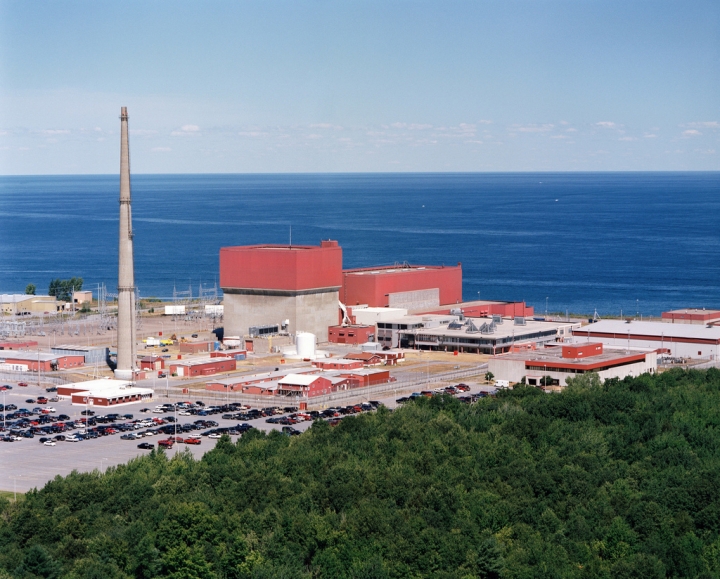A temporary halt to the federal government’s plan to cut electric power plant emissions has caused carbon prices in the Northeast’s only cap-and-trade program to plummet, according to the U.S. Department of Energy.
Carbon prices in the Regional Greenhouse Gas Initiative, or RGGI, have fallen 40 percent since the Supreme Court’s decision in February to stay the Clean Power Plan — from their peak at $7.50 per metric ton of carbon dioxide in December to $4.53 per ton in June.
RGGI is America’s first mandatory market-based cap-and-trade program, which places a collective limit on carbon emissions among its nine member states. Power plant emissions under that limit are called “allowances,” and the program stamps a price on them so they can be traded among polluters. Carbon prices are set at quarterly auctions, and proceeds are invested in state renewable energy, energy efficiency, and other sustainability programs.
The program is one of the Northeastern states’ strategies to comply with the Clean Power Plan if it withstands court challenges. The program is designed to reduce greenhouse gas emissions among all the New England states plus New York, Delaware, and Maryland as a way to reduce their contributions to global warming.
Experts disagree about what the sudden drop means for the future of carbon cutting in the Northeast and what direction the prices will go. Long-term low carbon prices could make it cheap to cut carbon throughout the Northeast, or it could chill future investment in renewables and other carbon-cutting measures because it will be less profitable to do so.
RGGI caps member states’ collective annual carbon emissions at a specific level, and they are set to decline 2.5 percent annually through 2020, encouraging states to develop renewables and other low-emissions energy sources to replace highly polluting ones.
RGGI auction prices for carbon pollution are considered low compared to California’s carbon trading market, where carbon emissions have been valued between roughly $12 and $13 per metric ton since 2014. RGGI prices had increased steadily from about $2 per ton 2012 to about $7.50 per ton 2015, but they fell sharply at the auctions held immediately after the Supreme Court decision.
U.S. Energy Information Administration analyst Thad Huetteman said the agency cannot comment on where prices may be headed because there are too many unknowns about RGGI’s future. But he said that if the Clean Power Plan is upheld in court, the EIA’s forecast suggests prices may remain low.
A spokesperson for RGGI declined to comment.

The James A. Fitzpatrick Nuclear Power Plant in Upstate New York.Nuclear Regulatory Commission
There is wide disagreement about the long-term implications of low RGGI prices and whether they’ll bounce back in the near future.
“Low RGGI prices hamper the region’s ability to pursue additional carbon cuts,” and make clean energy investment less profitable, said Jordan Stutt, a clean energy analyst for the Acadia Center, a New England climate policy think tank.
He said lower prices mean states earn less money from trading carbon, reducing the amount of auction money they will get that can be reinvested in state-run clean energy and energy efficiency programs.
RGGI has not established a carbon emissions cap for after 2020, and a new cap mandating strict emissions cuts could raise prices in the long run, he said.
William Shobe, a University of Virginia public policy professor who was part of the team that designed the RGGI carbon auction, is more optimistic about what low carbon prices mean for carbon cutting in the future.
Shobe said low carbon prices are good news for both the future of the cap-and-trade program and the region’s ability to slash its emissions.
“If you had a choice between high prices and low prices, you’d want low prices because the cost of accomplishing the (carbon cutting) goal is lower,” he said. “That means you’re getting what you want cheaper, and in the end you’ll want to buy more of it.”
The key is that RGGI states’ carbon emissions are determined by the cap they place on them, not the price of those emissions, he said.
“That’s the nice thing about cap-and-trade programs — you’ve got a guarantee you’re going to meet the emissions goal,” Shobe said. “The question is how expensive it’s going to be.”



